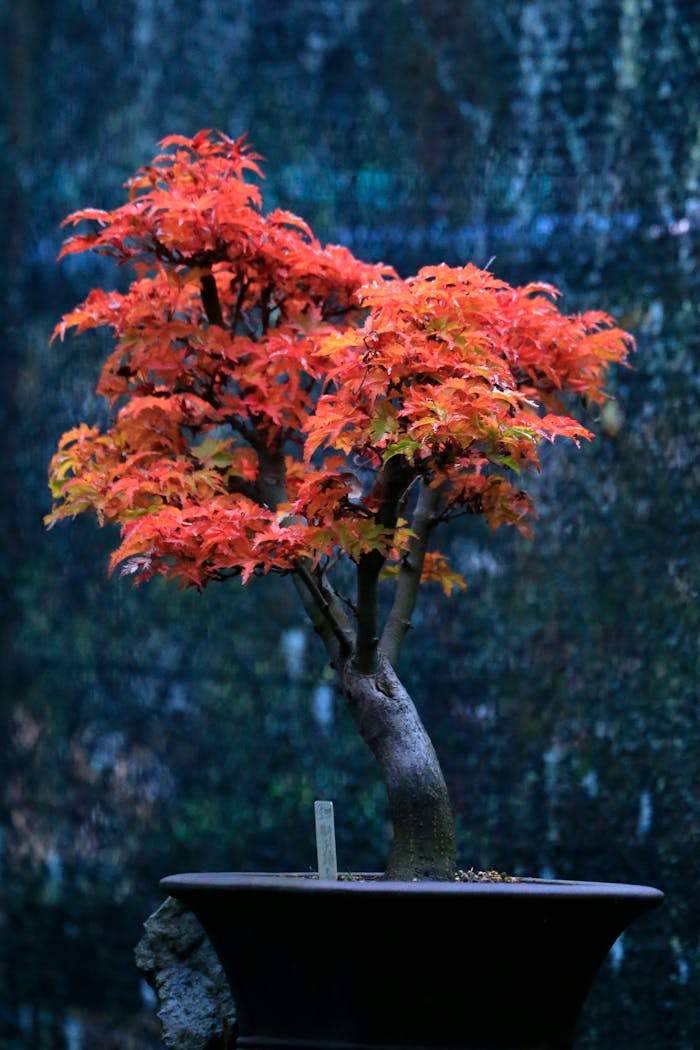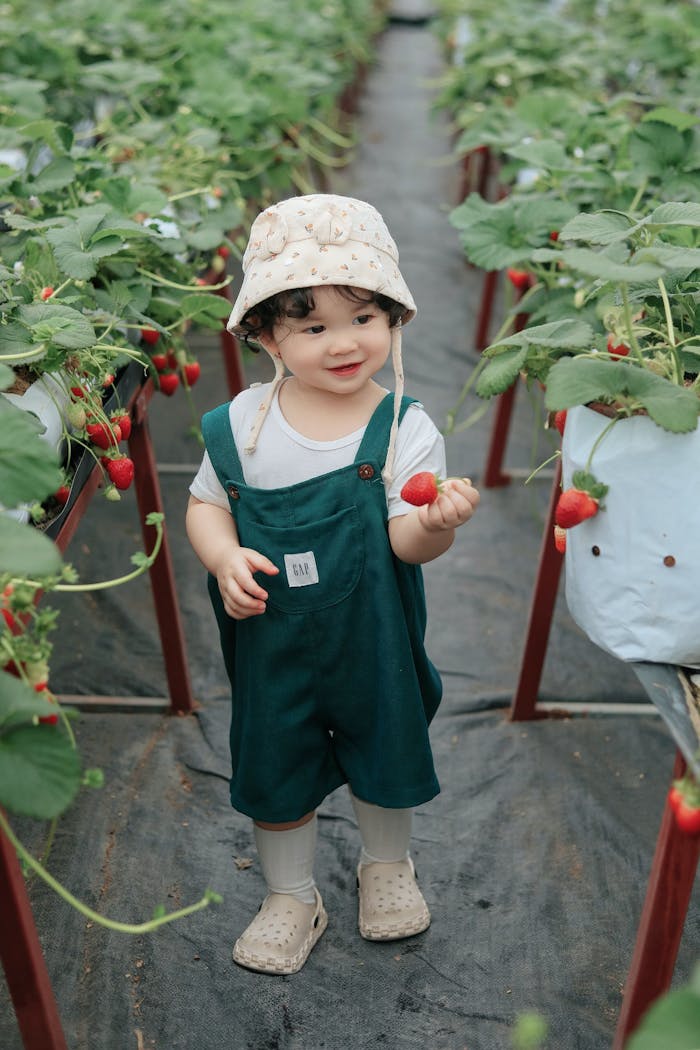|
IN BRIEF
|
In the enchanting world of landscape design, the intelligent use of plants can turn any outdoor area into a visually stunning retreat. By strategically selecting and placing foliage, you can effortlessly define spaces, driving a natural distinction between lounging corners, dining areas, and blooming gardens. Picture tall, elegant specimens greeting guests at the entrance while cascading arrangements soften the boundaries between spaces. This harmonious dance of height, texture, and color creates a vibrant composition that invites exploration and encourages relaxation. By embracing the artistry of plant arrangement, you will not just decorate but also narrate a story through every leaf and petal in your outdoor sanctuary.
Creating a Sense of Boundaries
Using plants is one of the most effective ways to establish boundaries in your outdoor space. By utilizing various types of foliage and strategic placement, you can define different areas within your yard, offering both visual interest and functionality.
Natural Walls with Tall Plants
Tall plants, such as ornamental grasses and small trees, can be used to create a natural wall that delineates different sections of your garden. For instance, planting a series of tall grasses along a pathway can create a serene walkway, providing both privacy and a sense of enclosure. Additionally, choosing a specific plant variety that thrives in your climate is essential, as this ensures longevity and sustainability.
Layering for Depth
Consider layering different heights of plants to add depth and dimension to your space. Start with taller plants at the back of a border or a bed, using medium-height plants in the middle, and smaller plants at the front. This tiered approach not only enhances the visual appeal of the garden but also guides the eye through the space, creating a cohesive flow. You can use perennials or annuals to accomplish this, depending on your desired longevity of the plants.
Defining Pathways
Pathways are critical in guiding guests through your garden and helping create defined areas. By flanking pathways with plants, you can create natural borders that make it clear where one space ends, and another begins. Low-growing plants like thyme or sedum can serve as excellent edging for walkways while providing texture and greenery. For a more structured approach, consider using hedges to guide the path while also adding a formal aspect to your space.
Creating Focal Points
Establishing focal points is an essential part of landscape design that can be beautifully accentuated through plants. These focal points draw attention and create an anchor within your outdoor area.
The Role of Flowering Plants
Incorporating vibrant flowering plants can serve as stunning focal points. A cluster of brightly colored flowers can draw the eye and serve as an inviting feature amid dense foliage. For example, groupings of echinacea, zinnias, or even hydrangeas can create bursts of color that invigorate the space. Position these in areas where they can catch the light and be viewed from various angles to maximize their impact.
Artistic Elements and Plants
Integrating artistic elements like sculptures or water features can enhance the overall aesthetics when paired with plants. For instance, using a tall plant such as JapaneseMaple near a fountain can frame the feature beautifully. This not only provides a serene sound backdrop but also adds layers to your landscape and creates a harmonious balance.
Using Plants for Functional Zones
Defining functional zones in your outdoor space is critical for enhancing its usability. A well-designed landscape contributes to how you interact with the environment.
Creating Dining Areas
For outdoor dining areas, consider using plants to create privacy and ambiance. Tall shrubs or even vertical garden walls can effectively screen the dining space from neighboring properties, making it a more intimate area. Accenting the dining table with plant centerpieces consisting of herbs can add both beauty and functionality; it makes your dining space not only visually appealing but also aromatic.
Cozy Lounging Spaces
In areas designated for lounging or relaxation, soft and fragrant plants can enhance the sense of comfort. Installing small benches or lounge chairs surrounded by fragrant plants such as lavender or jasmine fosters an inviting atmosphere for relaxation. These plants also engage the senses, allowing you to disconnect from the world and enjoy the tranquility of your oasis.
Strategically Using Color and Texture
When planning your outdoor space, color and texture play crucial roles in defining areas and creating a cohesive look throughout the landscape.
Seasonal Interest
Incorporating a variety of plants that offer different blooms at different times helps maintain visual interest year-round. Perennial flowers that bloom in succession keep your garden looking vibrant throughout the seasons. For instance, planting early bloomers like crocus followed by late-blooming varieties like asters will sustain interest and provide beauty across the year. Familiarizing yourself with which plants thrive in different seasons can enhance your outdoor experience.
Texture Variety
Combining textures can add intrigue to defined outdoor spaces. Mixing soft foliage with stiff, architectural plants creates dynamic contrast. Plants such as hostas paired with spiky agave can illustrate this concept beautifully while attracting visual interest.
Plant Maintenance and Care
Establishing your outdoor space is just the first step; ongoing care ensures it remains beautiful and functional.
Watering Techniques
Understanding the right watering techniques is vital in maintaining the health of your plants. Consistent watering schedules, pairing plants with similar watering needs, and using mulch to retain moisture can undoubtedly keep your plants thriving.
Regular Pruning and Deadheading
Regular care, such as pruning and deadheading, ensures plants continue to flourish throughout their growing season. Keeping on top of this maintenance not only improves the looks of your garden but also promotes healthy growth and flowering.
Leveraging Vertical Space
When space is limited, using vertical gardening techniques can help maximize your outdoor areas, creating defined spaces without requiring additional ground space.
Vertical Gardens and Trellises
Utilizing trellises or vertical planters allows you to grow climbing plants that can cover walls and fences beautifully. Plants like clematis or climbing roses can create stunning vertical displays. These options not only help to define space but also add greenery without taking up additional ground space.
Pots and Container Gardening
Container gardening opens up a world of plant selection and color. By strategically placing pots around your patio or deck, you can easily redefine areas and introduce various plants that might not thrive in the ground. Using mixed containers, with plants of varying heights, can effectively create a sense of dimension. Through container gardening, you can also experiment with seasonal decorations.
Making Sustainable Choices
Supporting local ecosystems and opting for native plants can enhance the beauty of your garden while promoting biodiversity. By choosing plants that naturally thrive in your area, you reduce the need for chemical fertilizers and pesticides.
Choosing Native Plants
Native plants require less water and are less susceptible to pests, making them a sustainable choice. Plants such as milkweed not only add beauty but also support pollinators like butterflies. They are excellent choices for creating beautiful outdoor spaces while preserving local wildlife.
Companion Planting
Implementing companion planting can enhance plant productivity and ward off pests using natural methods. Pairing plants like tomatoes and basil can cultivate a thriving ecosystem. Your garden becomes vibrant and productive, all while fostering a healthy environment.
Incorporating Fragrance
Fragrant plants can enhance your outdoor experience by appealing to one of the senses that is often overlooked in landscape design.
Creating Aromatic Zones
Establishing intimate seating areas surrounded by fragrant plants like lavender, rose or gardenia can transform your outdoor space into a sensory paradise. As you sit, the scent can transport you to tranquil settings, making it an ideal place for relaxation.
Providing Year-Round Aroma
Incorporating a variety of aromatic plants that bloom at different times can ensure your outdoor spaces remain fragrant. For instance, choosing a mix of evergreens alongside seasonal bloomers ensures fragrance year-round. Planting strategically allows you to enhance the overall experience of your outdoor spaces.
Integrating Hardscaping Elements
While plants play a vital role in defining spaces, integrating hardscaping elements can enhance structure and stability.
Walkways and Patios
Incorporating stone or paver walkways can effectively guide guests through your definable zones. By mixing plants alongside these surfaces, you can soften the hard edges and create a seamless transition between natural and constructed elements.
Raised Garden Beds
Using raised beds, particularly with defined borders, can provide a visual boundary for planting areas. These structures can elevate both aesthetic appeal and functionality, enabling easier access, more controlled planting, and a polished look to your garden.
Enhancing Your Outdoor Experience
Ultimately, using plants to create defined outdoor spaces not only beautifies your environment but also enriches your experience of it.
Inviting Nature In
Carefully chosen plants can attract local wildlife, such as birds, butterflies, and bees, creating a lively and engaging atmosphere in your garden. This connection to nature fosters relaxation and enhances the overall enjoyment and tranquility of your outdoor experience.
Conclusioning Writings
The careful integration of plants into your landscape design can significantly influence how you perceive and engage with your outdoor spaces. When orchestrated well, plants serve not only as decorative elements but also as functional zones, providing privacy, beauty, and an enhanced connection to the natural world.
Utilizing Plants for Clear Area Definitions
Creating well-defined outdoor spaces involves clever use of plants to establish boundaries and enhance the overall ambiance. For instance, tall plants such as ornamental grasses or perennials like the Hollyhock can be strategically placed to serve as natural dividers. These taller elements help frame the space, providing a visual cue that delineates different areas like a dining nook or a cozy lounge. Similarly, arranging smaller plants, such as sedums or marigolds, along pathways or edges can introduce depth and texture, creating an inviting atmosphere while subtly guiding visitors through the landscape.
Additionally, incorporating varying heights of plants allows for the creation of layers within the outdoor setting. By using a diverse range of plant sizes, one can achieve an organic flow that directs attention naturally to focal points within the garden. For instance, pairing a tall plant near a seating area enhances the spot while smaller flowering plants add visual interest leading into the seating.
As landscape designer Thomas Rainer once said, “Plants are the perfect medium to shape the experience of space.” Therefore, by thoughtfully selecting and placing plants, one can effectively manipulate how the outdoor environment is perceived. Whether for decoration or functional purposes, the role of plants in outdoor spaces remains indispensable in achieving a cohesive and inviting garden design.
Creating a Natural Layout
The arrangement of plants can also eliminate the need for structural barriers, allowing for a more natural integration with the surroundings. For instance, utilizing a combination of evergreens and seasonal blooms can provide a lush backdrop while defining transitions between different functional zones. Pathways adorned with fragrant flowers, such as lavender, not only guide the visitor but also enhance the sensory experience of the space. Ultimately, the creative use of plants not only beautifies the area but also offers functional delineation, allowing for a more enjoyable outdoor living experience.
Incorporating plants strategically can transform any outdoor area into a beautifully defined space. By selecting the right plants to suit your environment and utilizing their various heights, textures, and colors, you can create a vibrant and cohesive design that invites exploration and relaxation. For example, using tall plants as natural dividers can help delineate zones, while low-growing choices can soften pathways and seating areas. Additionally, integrating plants that thrive in your specific sunlight and soil conditions ensures lasting beauty and vitality in your outdoor spaces. With careful planning and a keen eye for arrangement, the right selection of plants can bring your outdoor vision to life.

